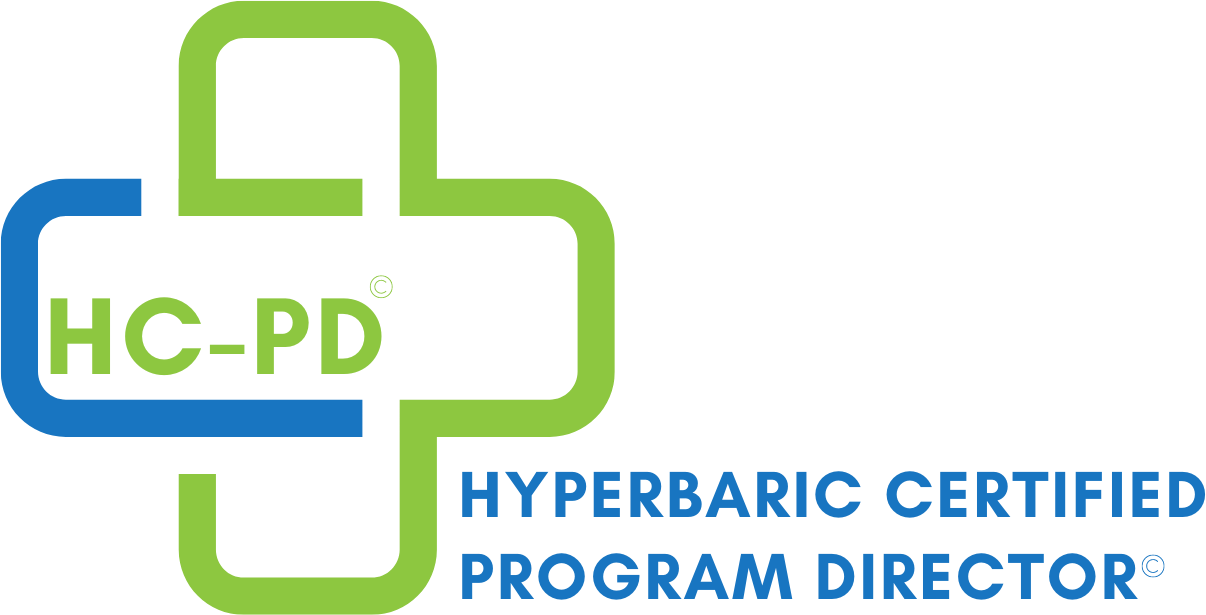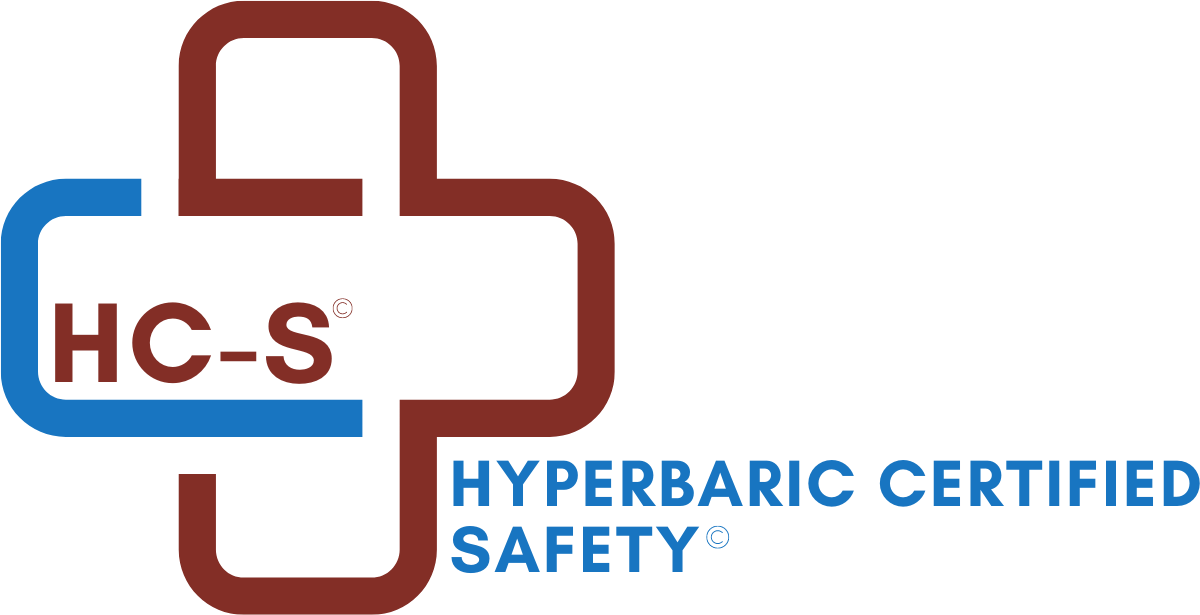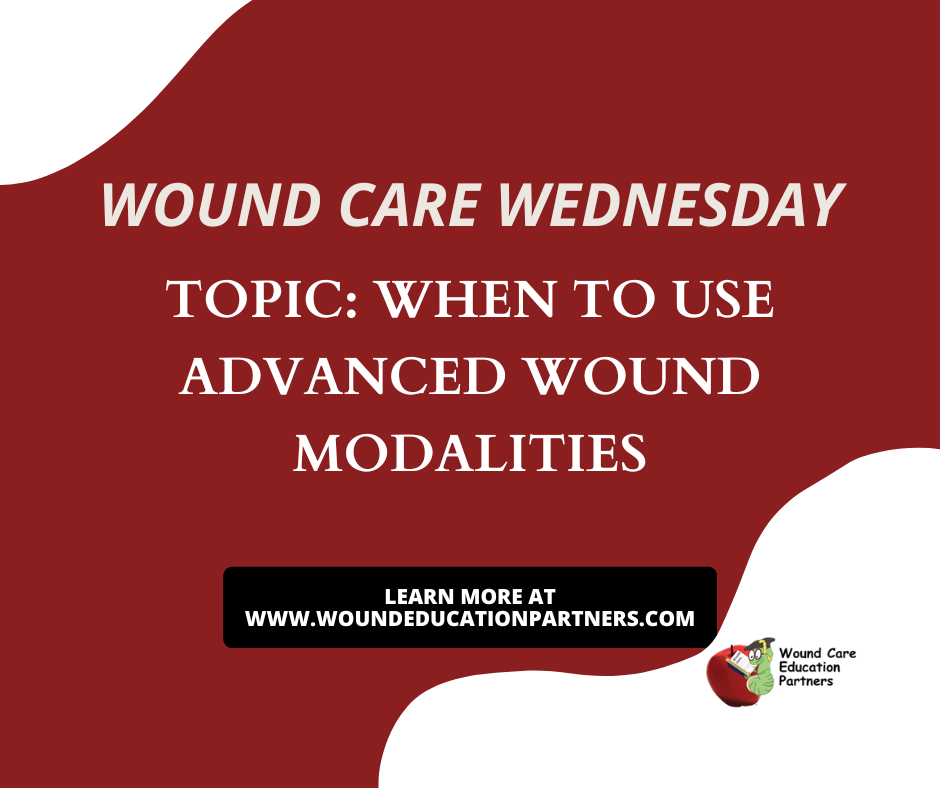Rx Pad
When To Use Advanced Wound Modalities
There are differing opinions regarding when to use advanced wound modalities. Many believe that advanced wound modalities should only be used when a wound fails to heal with standard wound management over some period of time, while some believe that advanced therapies should be used immediately on wounds that are identified to be potentially difficult to heal.(2-6) Most insurance carriers have specific guidelines that govern when they will allow use of advanced wound modalities.
While standard of care (SOC) plays an important role in wound healing, standard care alone may be sufficient for only a small percentage of patients with hard-to-heal wounds.(7) Falanga and Sabolinski reported that only 20-40% of ulcers heal with standard compression therapy in venous stasis ulcer(8-9) while Cochrane review by O’Meara et al. found that only 30-75% of venous ulcers heal with standard compression therapy.(10) A meta-analysis by Margolis et al. revealed that less than 30% of the individuals with a DFU will heal within 20 weeks of commencing SOC.(11) This is in stark contrast to the spectacular healing rates touted by most wound centers on their websites, routinely in excess of 95%. Margolis also looked at prognostic factors associated with DFU healing failure for 20 weeks and found that ulcers greater than 2cm2 had 47% likelihood of non-healing. Ulcers with a duration of more than two months have 45% likelihood of nonhealing. Patients with Wagner grade greater than 2 had 54% likelihood of nonhealing.(12) He also concluded that if a patient had ulcers with two of the above risk factors, then there was 62-70% likelihood of nonhealing and if all three risk factors were present, there was 81% likelihood of nonhealing.(12) The healing rates for VLUs range from 30-60% at 24 weeks and 70-85% by year one.(13-14) Sheehan concluded in his DFU trial that wounds that achieved less than 53% closure at week 4 have minimal chance of healing with conventional therapy in 12 weeks.(2) The field of wound care would be better served if clinicians and clinics stopped reporting unrealistically high healing rates in their marketing materials and developed an honest system of outcome reporting. It is possible, if not likely, that a significant percentage of patients will require some type of advanced therapeutic modality to achieve complete healing if there is less than 50% of healing with standard wound management at four weeks.(2-3) Consensus statement of the American Diabetes Association(15) stated that any wound that remains unhealed after four weeks is cause for concern, as it is associated with worse outcomes, including amputation. Patients with unresolved ulcers are at risk of cellulitis, osteomyelitis and amputation, creating a cost-effective argument for advanced therapies in part based on avoidance of complications as well as a reduction in prolonged courses of ineffective treatments.
Adjunctive advanced modalities are recommended with SOC if progress in healing is not made within 30 days for VLUs and DFUs.(3,5-6)
Excerpted from Textbook of Chronic Wound Care: An Evidence-Based Approach to Diagnosis and Treatment with permission from the publisher.
Are you seeking a certification in wound care? Our 25.5 hour Wound Care Certification Prep Course and Refresher Training will prepare you to sit for almost any wound care certification exam.
When you subscribe to the blog, we will send you an e-mail when there are new updates on the site so you wouldn't miss them.



Comments